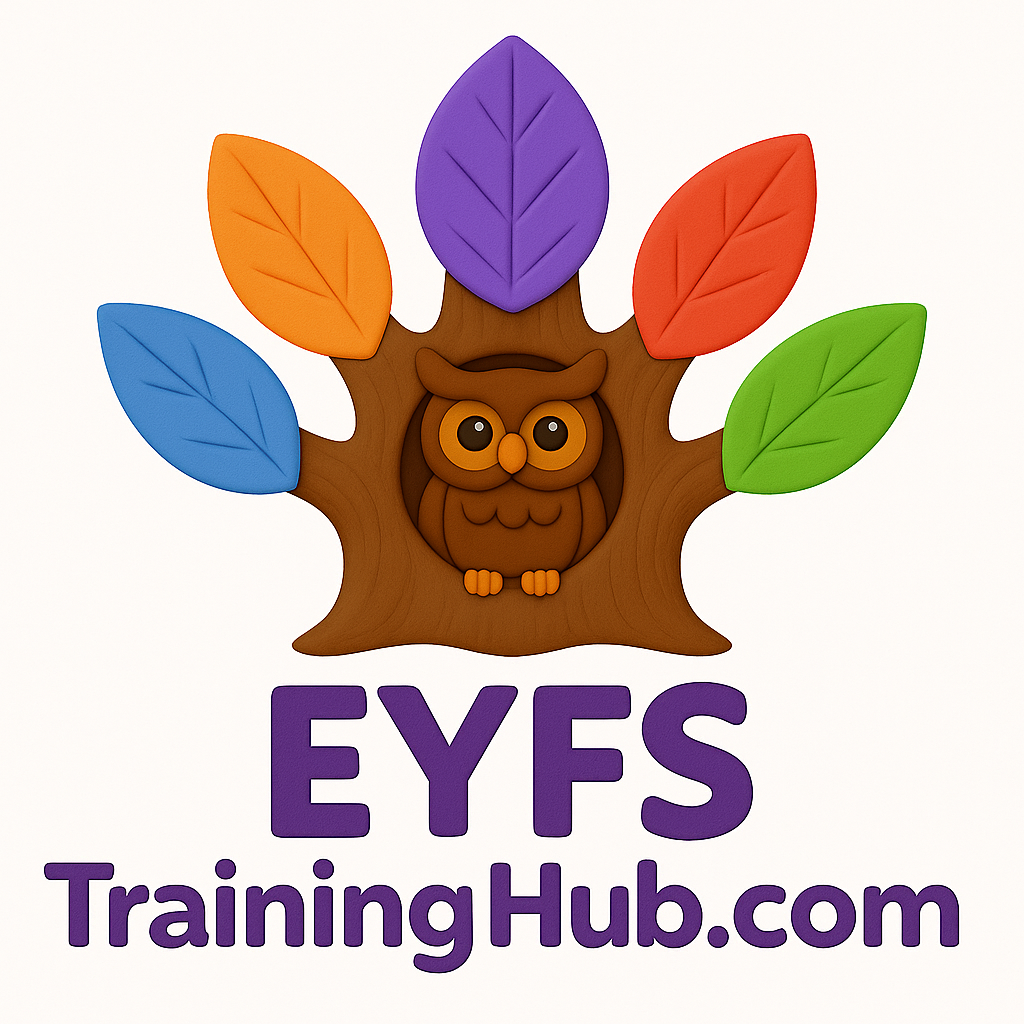In early years, the voice of the child in safeguarding is often:Short phrases (“Too loud,” “I scared”).
Behaviour changes (clinginess, aggression, regression in toileting).
Play themes that mirror harm.
Non-verbal cues (flinching, avoiding certain adults).
UK guidance — Working Together 2023 and KCSIE 2025 — is clear: these indicators must be recorded, shared, and acted upon. Waiting for “proof” risks safeguarding failings with life-changing consequences.
Failing: Concerns were normalised — “children get bumps.”
What early years practitioners should do: Same-day DSL consult; body map; check chronology.
Keyword integration: Childminder safeguarding procedures require prompt action for any unexplained mark.
Failing: Risk indicators present but no immediate referral.
Solution: Apply local thresholds; refer to MASH for child protection if risk of significant harm.
Keyword integration: Knowing when to refer a safeguarding concern UK is vital to preventing harm.
Failing: No running chronology of incidents.
Solution: Use a secure system; maintain EYFS-compliant safeguarding logs.
Keyword integration: An early years safeguarding checklist should always include chronology audits.
Failing: Paraphrasing replaced verbatim recording.
Solution: Use the child’s exact language; note tone and context.
Keyword integration: Recording the voice of the child EYFS ensures their perspective reaches other agencies.
Failing: Paraphrasing replaced verbatim recording.
Solution: Use the child’s exact language; note tone and context.
Keyword integration: Recording the voice of the child EYFS ensures their perspective reaches other agencies.
Failing: Early Help used when Section 47 was needed.
Solution: Escalate when harm indicators present; review thresholds regularly.
Keyword integration: Understanding examples of safeguarding failings UK helps DSLs avoid threshold errors.
Failing: Key details withheld due to GDPR concerns.
Solution: Share on a need-to-know basis for safeguarding; record and confirm receipt.
Keyword integration: Strong multi-agency safeguarding working prevents missed opportunities.
Failing: Accepting explanations without verification.
Solution: Triangulate with other professionals; conduct unannounced visits.
Keyword integration: Professional curiosity safeguarding is a core DSL skill.
Failing: Focusing only on the home.
Solution: Assess risks from extended family, online, and the community.
Keyword integration: Contextual safeguarding in early years protects against wider harm.
Failing: Accepting “no further action” without challenge.
Solution: Submit strong evidence-based reports; escalate where needed.
Keyword integration: Use safeguarding escalation procedures UK when necessary.
Failing: Internal investigation before contacting LADO.
Solution: Immediate DSL → LADO referral; preserve evidence.
Keyword integration: Safer recruitment and managing allegations protects children and staff.
Failing: No role-specific safeguarding updates.
Solution: Annual training; DSL advanced updates.
Keyword integration: Safeguarding training early years must be setting-specific.
Failing: No reflective supervision for DSLs.
Solution: Regular case audits; senior oversight.
Keyword integration: DSL supervision should check “What would the child say about our actions?”
Failing: Non-mobile baby bruises ignored; unsafe sleep.
Solution: Follow EYFS 2025 exactly; escalate all unexplained injuries.
Keyword integration: EYFS 2025 safeguarding changes strengthen these requirements.
Rebekah’s story is devastating because the warnings were there. In early years, the signs are often quieter — but they are no less urgent.
Protecting vulnerable children in EYFS settings means treating every small clue as potentially life-saving. Because for some children, there is no second chance.


